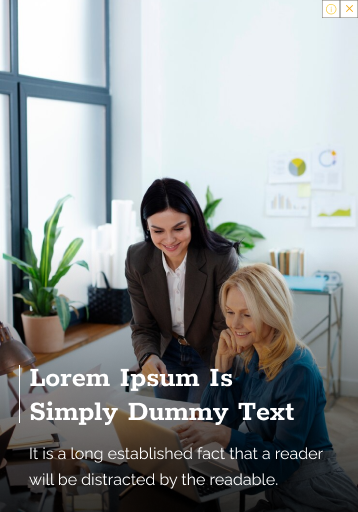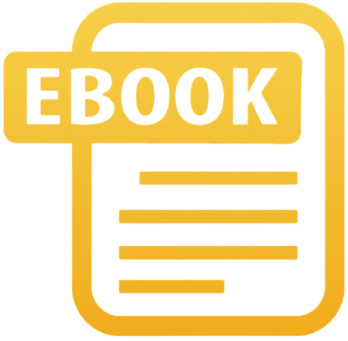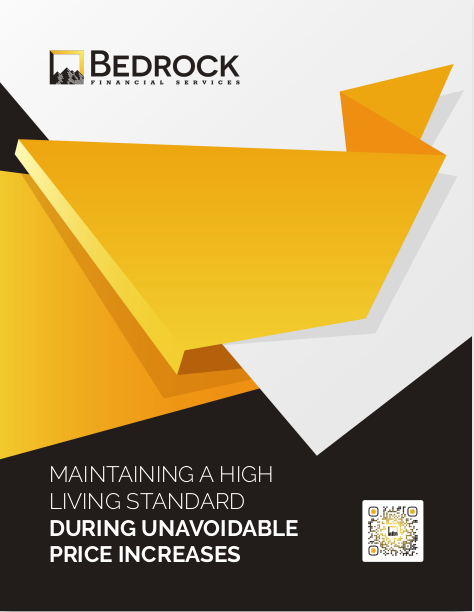Key Takeaways
-
One specific email structure consistently drives client engagement, with higher open rates and response metrics.
-
You don’t need to be a copywriting expert—you just need to follow a format that builds value, trust, and action.
Why Format Matters More Than Frequency
You may be sending emails regularly, but if the format is off, you’re likely not getting the traction you want. In 2025, email marketing still plays a central role in how insurance professionals build trust, educate, and convert leads. However, the inbox is more crowded than ever. That means your emails need to do more than show up. They need to be designed to connect.
And that connection starts with the structure.
Think of email format like body language in a meeting. You could say all the right things, but if you’re slouching or checking your watch, the message gets lost. The same goes for a cluttered or uninspired layout.
The Core Elements of a High-Converting Email Format
The format we recommend contains five distinct sections, designed to move your client from curiosity to conversion. Each one has a purpose. Skip one, and your results will likely drop.
1. The Subject Line: Short, Specific, and Clear
Your subject line should never be an afterthought. It must do two things:
-
Grab attention
-
Spark curiosity
Avoid clickbait. Instead, aim for relevance. Use client pain points, benefits, or time-sensitive language. Ideal length? Under 50 characters. That ensures it displays properly across mobile devices.
Examples of effective formats:
-
“Turning 65? Let’s Simplify Medicare”
-
“3 Retirement Mistakes That Cost Thousands”
2. The First Line: Make It About Them, Not You
The preview text is often the deciding factor in whether your email gets opened. Think of it as your elevator pitch.
Rather than talking about what you offer, focus on what they want.
Good opening line format: “You probably have questions about [specific concern]. That’s normal. Here’s what to know.”
This opening makes the reader feel seen. It immediately positions you as someone who understands their situation.
3. The Body: Tell a Mini-Story That Educates
You don’t need paragraphs of text. In fact, keep the body to 150-200 words.
Structure your body like this:
-
A short story or scenario that relates to your client’s pain point
-
A transition to your solution (your expertise)
-
Clear language around what they stand to gain
Even though it’s short, it should be packed with value. Avoid industry terms or acronyms. Write like you talk to a client one-on-one.
4. The Visual: Simple and Consistent
A high-converting email has visual clarity. That means:
-
One font style
-
Clear headings and bullet points
-
Mobile-friendly layout
Visual clutter kills conversions. Use bolding sparingly to highlight key benefits or deadlines. Images are optional, but if used, they should reinforce the message, not distract.
5. The CTA: One Ask, One Link
This is the most common mistake agents make. If you have more than one call to action, you risk confusing your reader.
Be clear about what the next step is:
-
Schedule a call
-
Reply with a question
-
Download a checklist
Make the button or link visually distinct. Avoid vague CTAs like “Click Here.” Instead, use:
-
“Book Your Free Consultation”
-
“Get the Checklist Now”
How to Adapt the Format for Different Types of Clients
One size doesn’t fit all. But one structure can serve multiple audiences if you know how to tweak it.
For Pre-Retirees (Age 60-65)
-
Subject line: Focus on Medicare timelines or retirement planning deadlines
-
CTA: Offer a 15-minute strategy call before their next birthday
For Retired Clients (65+)
-
Subject line: Highlight potential cost savings or changes to coverage
-
CTA: Invite them to review their current plan before the next enrollment window
For Younger Professionals (30s-50s)
-
Subject line: Connect with long-term financial goals or family needs
-
CTA: Offer an insurance review focused on protecting income or legacy
Every audience is different, but all clients want clarity, relevance, and ease of action.
Sending Timing: What Works Best in 2025
Based on current email marketing trends, these are the most effective send times:
-
Best days: Tuesday, Wednesday, and Thursday
-
Best times: Between 10:00 AM and 12:00 PM local time
Avoid early mornings and late afternoons. And don’t send emails on weekends unless it’s tied to an urgent deadline.
Also, test and segment. If you use a CRM, send smaller batches first to track open rates before blasting to your full list.
Why This Format Outperforms Newsletters
Newsletters often try to do too much at once. They educate, inform, update, promote, and announce—all in one scroll-heavy message.
This format keeps the focus on a single idea, with a single action.
In a crowded inbox, simplicity wins.
By stripping out unnecessary sections and replacing them with a tight narrative and a single CTA, your email becomes easier to read and more likely to convert.
You become a trusted guide, not another sales pitch.
Metrics to Track After You Hit Send
If you follow this format, expect to see improvements across the board. But don’t guess—track these four key metrics:
-
Open Rate: Aim for 30% or higher with segmented lists
-
Click-Through Rate (CTR): 5%-10% is strong for this format
-
Reply Rate: Shows engagement and personalization effectiveness
-
Unsubscribe Rate: Anything below 0.5% is considered healthy
Use these metrics not just to measure success, but to refine your messaging. If your open rate is low, test new subject lines. If CTR is low, your CTA may be too vague or misplaced.
Stop Sending, Start Formatting
If email hasn’t worked for you in the past, the issue may not be what you’re saying—but how you’re saying it.
This format helps you cut through the noise and build meaningful interaction, one message at a time.
Whether you’re working with retirees, families, or business owners, structure is your secret weapon.
If you’re ready to level up your email game and connect with more qualified leads, we can help. At Bedrock Financial Services, we equip independent agents like you with tools, training, and automation strategies that actually drive results.
Sign up today and let’s help you build a system that keeps clients clicking.







